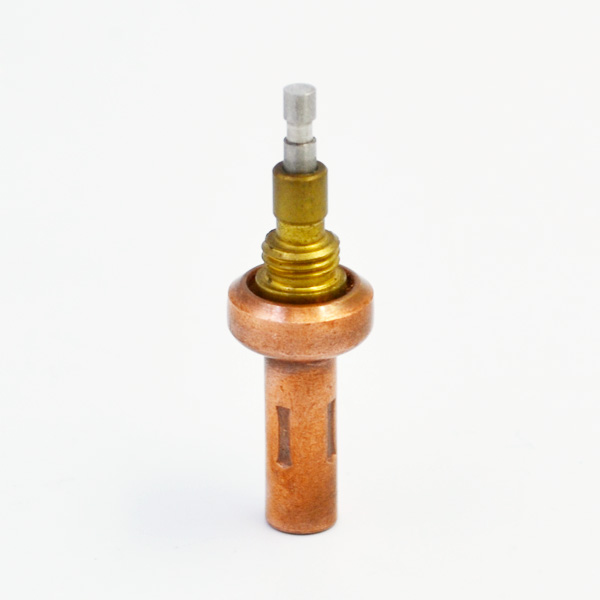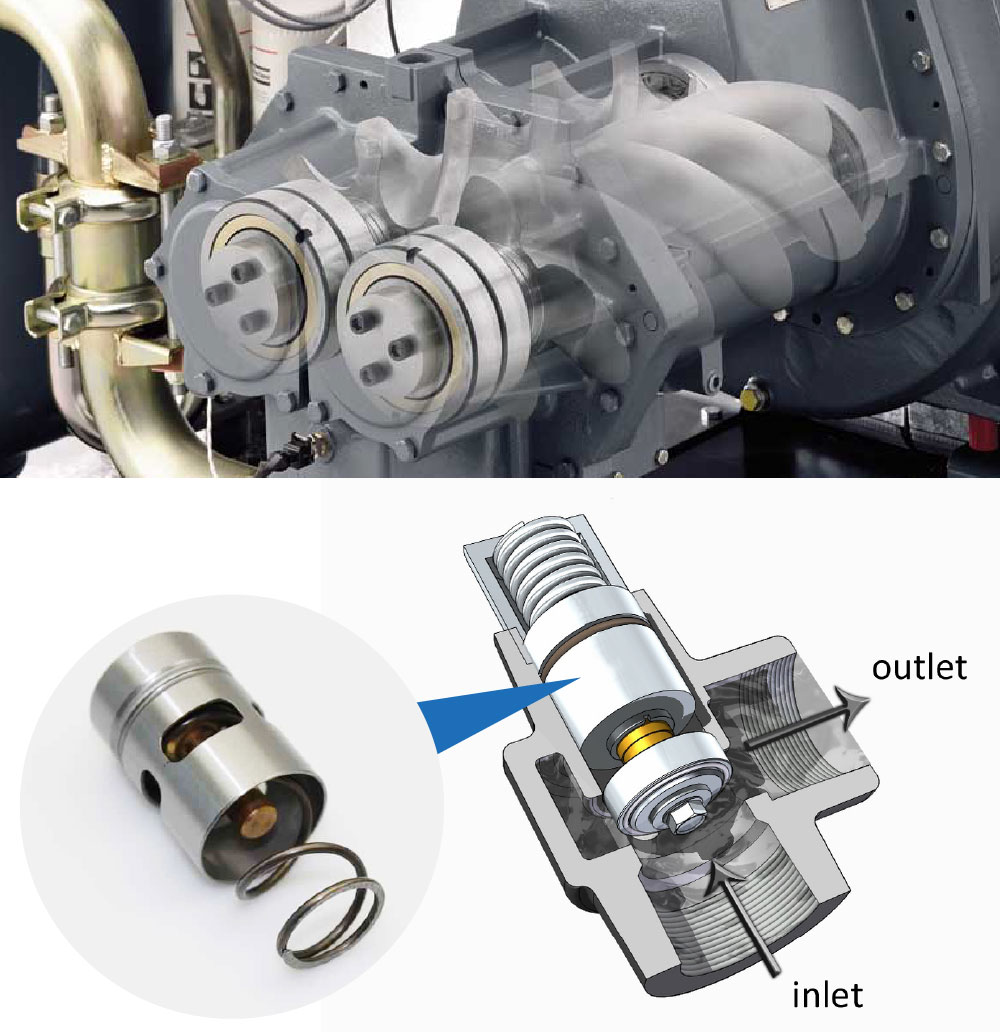PLC (Programmable Logic Controller) is more and more widely used in automation control system because it meets the requirements of modern industrial control characteristics. It is also very important to select suitable PLC as control unit. In this paper, the number of control points, use environment, programming and communication, storage capacity, scalability and cost-effectiveness are discussed. With the development of science and technology, PLC (Programmable Logic Controller) with microprocessor as its core has many advantages, such as strong control function, high reliability, flexible and convenient use, easy expansion and so on. It has been widely used in the field of industrial control and is regarded as one of the three pillars of modern industrial technology. Faced with various types of PLC produced by many PLC manufacturers, they have their own advantages and disadvantages, but there is no unified standard to compare their performance, function, communication networking, programming and other aspects horizontally, so it brings confusion to choose a suitable PLC controller. The following is a discussion on the selection of PLC, which can be used as a reference for the selection of PLC, so as to select suitable products. The basic principle of PLC selection is to select the most reliable, easy to maintain and use, and the best performance-price ratio under the premise of meeting the functional requirements.
Usually, in the case of fixed process and better environmental conditions, it is recommended to choose the integral structure of the PLC; in other cases, it is better to choose the modular structure of the PLC. For switching quantity control and engineering projects with switching quantity control as the main part and a small amount of analog quantity control, the control speed generally need not be considered, so the low-grade machine with A/D conversion, D/A conversion, addition and subtraction operation, and data transmission function can meet the requirements; while the control is more complex and the control function is more demanding for engineering projects. In the project (such as realizing PID operation, closed-loop control, communication networking, etc.), medium or high-grade machines can be selected according to the scale and complexity of control (among which high-grade machines are mainly used for large-scale process control, distributed control system of full PLC, automation of the whole factory, etc.). It should be noted that the same enterprise should try to achieve the unity of models.

In this way, the same type of PLC module can be used as standby for each other to facilitate the purchase and management of spare parts; at the same time, its unified functions and programming methods are also conducive to the training of technical forces, the improvement of technical level and the development of functions; in addition, because of its universal external equipment, resources can be shared, so that the computer can be controlled after the coordination. The system makes the communication of multi-PLC networking in each independent system, which is convenient for centralized monitoring and management. The connection between PLC and industrial production process is realized through I/O interface. PLC has many kinds of I/O interface types, including switching input, switching output, analog input, analog output and other special modules, which should be selected according to their characteristics. Satisfying the number of control points is one of the basic conditions for successful selection. That is, at the beginning of the design, the number of control points in the PLC control system should be accurately counted. At the same time, we should also consider whether there are control points in the system that need redundancy, so as to be included in the total statistics of control points. In addition, according to the different types of control points, about 20% of the control points should be reserved to make up for the missing points in design, the replacement of fault points in operation and the need for possible additional control points in the future. According to the above conditions, the number of control points can be calculated, thermostatic element which kind of system is in the micro, small, medium, large and giant PLC control system. Thus, a certain range can be given for the type selection of PLC. Switch I/O points can receive and send signals from sensors, switches (such as buttons, stroke switches, etc.) and control devices (such as indicator lights, relays, contactors, etc.).
The commonly used AC input/output signals in China are 220 V, while the DC input/output signals are 10 V and 24 V. Therefore, the digital I/O of the selected PLC can be determined according to the electric energy characteristics of the control system environment. In the application process, most of the input circuits have an optional isolation circuit between the control logic part of the input and interface circuits of the high voltage power supply. When evaluating discrete output, fuse, instantaneous surge protection and isolation circuit between power supply and logic circuit should be considered. Analog input/output interfaces are generally used to sense signals generated by sensors. These interfaces can be used to measure temperature, pressure, flow and level, and to control voltage or current output devices.
The typical ranges of these interfaces are – 10 ~ 10V, 0 ~ 10V, 4-20mA, etc.

Some manufacturers design special analog interfaces on PLC, so they can receive low-level signals, such as RTD, thermocouple, etc. Generally speaking, this kind of interface module can be used to receive different types of thermocouple or RTD mixed signals on the same module. When choosing a PLC, users may face some special types of I/O functions (such as positioning, fast input, frequency, etc.) that can not be implemented with standard I/O. At this point, the user should consider whether the supplier provides special modules that help to maximize the control effect. Some special interface modules can process part of the field data by themselves, thus freeing the CPU from the heavy task processing. The working environment of the control system is often complex, such as the ambient temperature and humidity, noise and vibration, electromagnetic interference, etc. will have a greater impact on the normal work and use time of the PLC. Therefore, when selecting the type of PLC, we should consider comprehensively to eliminate or reduce the possible impact of the working environment on it.
That is to say, according to the actual working environment, select the appropriate PLC. Programming is the core of PLC control system. The quality of programming will directly affect the normal operation of the control system.

The convenience of programming software, the need for additional purchase authorization and the price of dedicated download lines should be taken into account. Nowadays, the PLC control system is not simply to achieve field control, but to achieve more remote networking communication control; nowadays, many primary instrumentation signals can also be transmitted by communication. But the communication protocols specified by each PLC manufacturer are not the same, and their compatibility is poor.

Therefore, this factor must also be taken into account in the selection of models. The memory used in the PLC system is basically composed of PROM, EPROM and RAM, and the storage capacity varies with the size of the randomizer. Generally, the maximum storage capacity of minicomputers is less than 6 kB, the maximum storage capacity of medium-sized computers can reach 64 kB, and the maximum storage capacity of mainframes can reach megabytes. When using, we can choose the appropriate model according to the need of program and data storage, and we can also design special memory expansion when necessary. The first method of selecting and calculating the memory capacity of PLC is to accurately calculate the actual memory capacity according to the number of nodes used in programming. The second is the estimation method, which can be estimated by users according to the control scale and application purpose.
In order to use conveniently, 25%-30% margin should be reserved. The best way to obtain storage capacity is to generate a program, that is, how many words are used. By knowing the number of words used in each instruction, the user can determine the exact storage capacity. When choosing PLC, we should also consider its expansibility and make long-term plans for the follow-up production and construction. Of course, we can not blindly pursue long-term goals, but ignore the current input-output ratio. When many PLCs can meet the performance requirements of the control system, and their performance differences are not obvious, it is necessary to compare their scalability and cost-effectiveness, in order to make a judgment and selection basis. Generally speaking, the performance of PLC control system is superior to its price comparison. In the actual selection process, it is often constrained by many factors, not necessarily able to consider all aspects of the requirements, but those conditions must be met.
